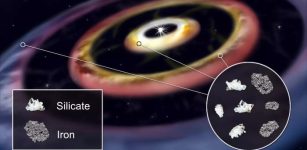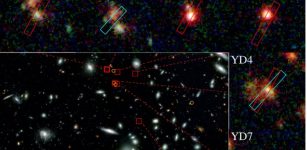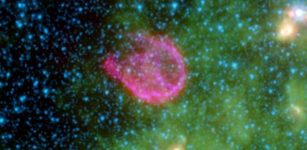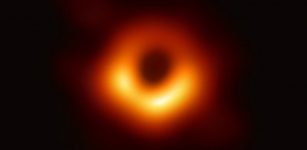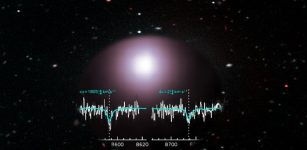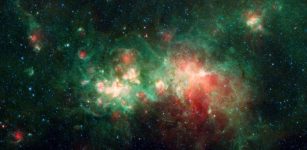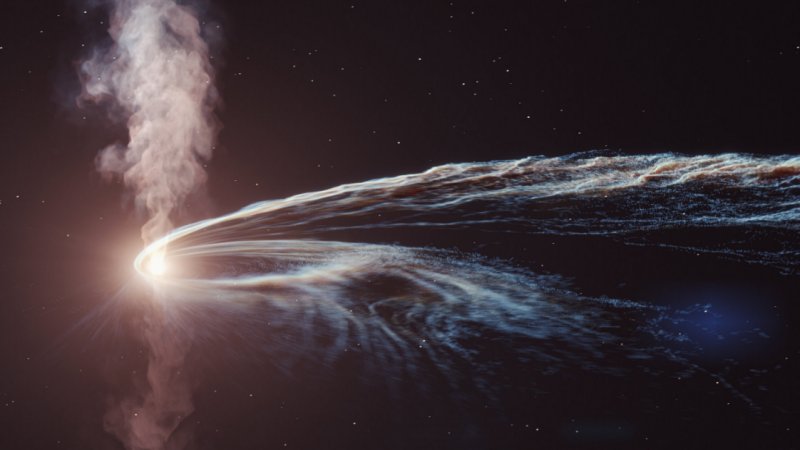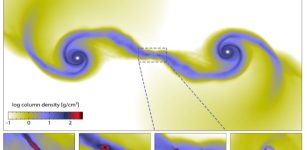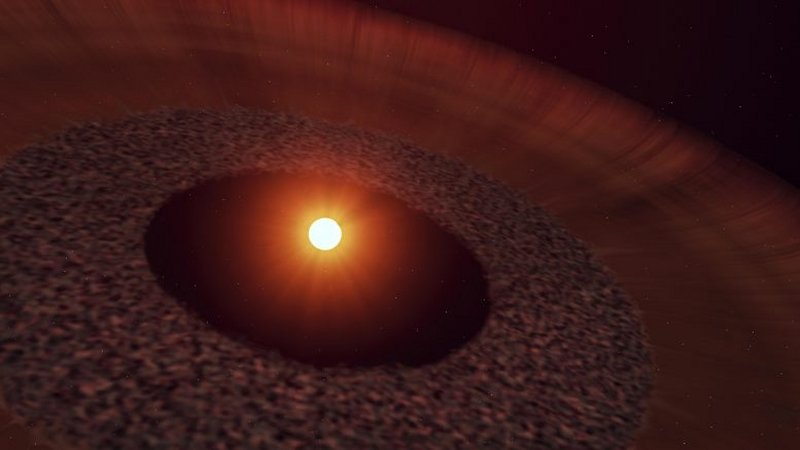2,000-Year-Old Remnant Of A Nova Spotted By Chinese Astronomers – Recently Confirmed
Eddie Gonzales Jr. – MessageToEagle.com – One of the oldest Chinese astronomical measurements have been confirmed by an international team of astronomers using the instrument MUSE at the Very Large Telescope of the ESO in Chile..
Astronomers have discovered the remains of a nova in a galactic globular cluster Messier 22 and their measurements confirm one of the oldest observations of an event outside the solar system.
Near the centre of the globular cluster Messier 22, the team of scientists discovered the remains of a nova. Photo: ESA/Hubble and NASA, F Göttgens (IAG)
A nova is an explosion of hydrogen on the surface of a star which makes it much brighter. The remains have formed a glowing nebula. The remnant is located near the center of the globular cluster Messier 22 which is located in the constellation Sagittarius in the direction of the center of the Milky Way. (There are 150 known globular clusters orbiting our galaxy, the Milky Way).
“The position and brightness of the remains match an entry from 48 BC in an ancient collection of observations by Chinese astronomers,” first author Fabian Göttgens of the Institute for Astrophysics at the University of Göttingen, said in a press release.
This Chinese text (marked in orange) from an ancient collection of observations (https://ctext.org/) describes a sighting of the original Nova by Chinese astronomers from the year 48 BC Photo: The Chinese Text Project
“They probably saw the original nova in the same place.”
The newly discovered remains of the nova form a red shining nebula of hydrogen gas and other gases, which has a diameter of about 8,000 times the distance between Earth and Sun.
Despite its size, the nebula is relatively light, with a mass about 30 times that of Earth, because the gas was dispersed by the explosion.
Written by Eddie Gonzales Jr. – MessageToEagle.com Staff Writer



